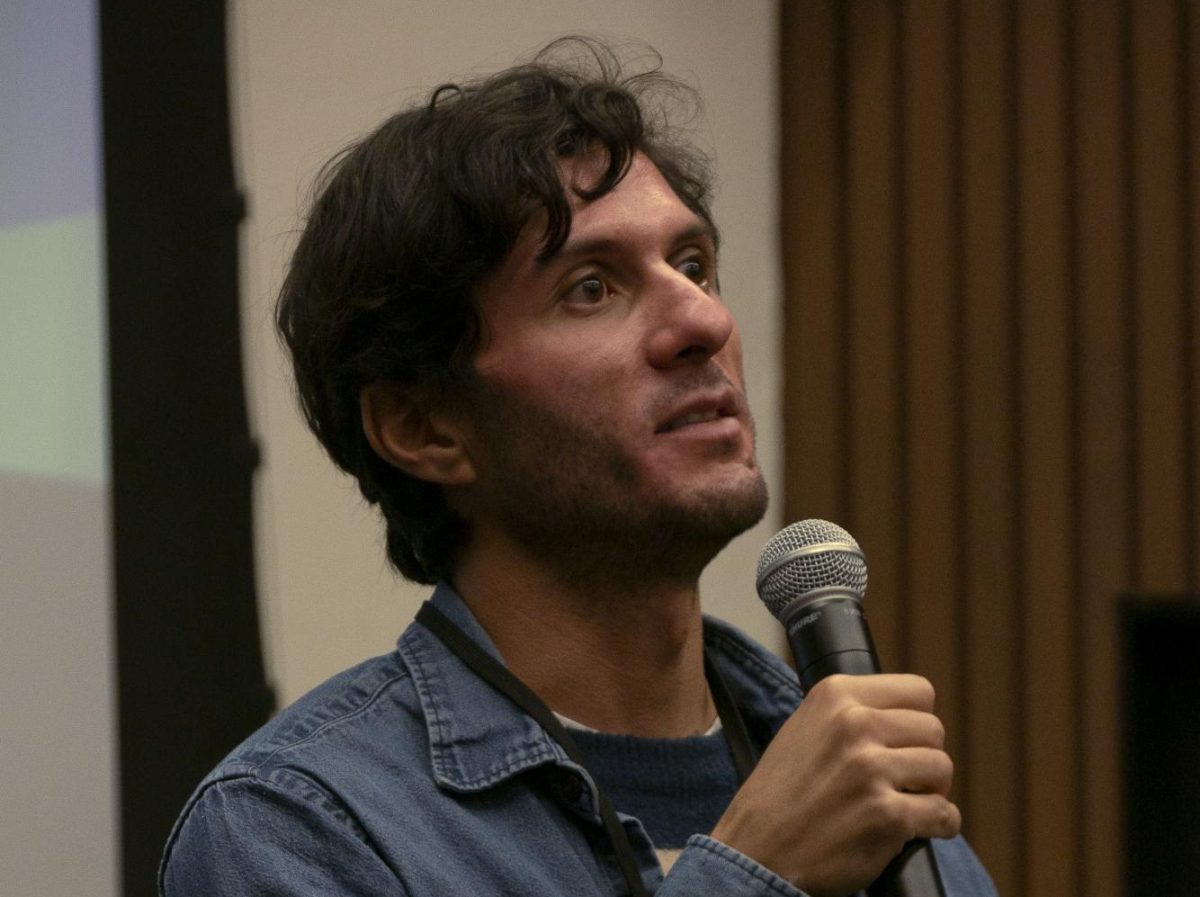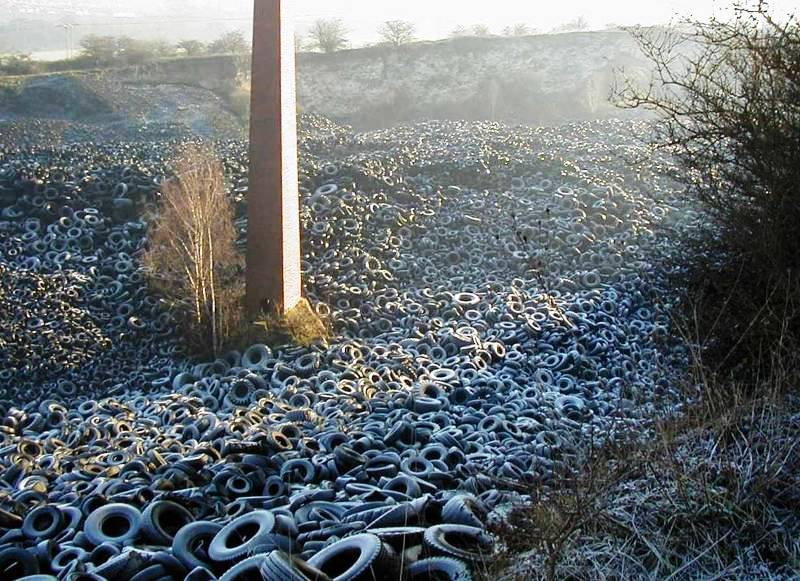Illustrating Anthropocene Impacts with Abstract Mathematics
Let me paint a picture in your mind. Once upon a time, the major influencers on our planet were astronomical forcings, geophysical forcings, and internal dynamics. Throughout time, the three major influencers have all caused, independently, five mass extinctions on our planet. However, all of a sudden and without warning, these major influencers have been interrupted. In a new era unlike any previously seen punctuated in the past, the geology and composition of our planet has become so disrupted that there is a new, fourth major influencer to our planet that must be recognized: humanity. In recent years, many geologists believe we have exited the previous era of the Holocene and entered a new geological age known as the Anthropocene. In Nobel prize winning scientist Paul Crutzen’s “Geology of Mankind” essay, he defines the Anthropocene as an area of geological history completely dominated by human activity. As He describes,
As author Elizabeth Kolbert describes in her award-winning book The Sixth Extinction: An Unnatural History, this includes the oceans, coral reefs, forests, islands, and biodiversity. Human influence drives changes to the climate and planet in the Anthropocene age. This is so much true that it has caused a paradigm shift in how mathematicians estimate the impacts of major external forces on the Earth; the original equation that evaluates these impacts has been forcibly rewritten in response to the Anthropocene era.
For four billion years, one constant equation has been governing how the Earth changes and evolves throughout time. The 1999 Nature article “‘Earth system’ analysis and the second Copernican revolution” published by Hans Joachim Schellnhuber introduces an equation which relates the three major influencers of our planet and their impacts. In the article “Introducing the Terrifying Mathematics of the Anthropocene”, authors Owen Gaffney, an anthropocene analyst, and environmental professor Will Steffen, summarize Schellnhuber’s ideas with, “the rate of change of the Earth system (E) has been driven by three things: astronomical forcings such as those from the sun or asteroids; geophysical forcing, for example changing currents; and internal dynamics, such as the evolution of cyanobacteria. Let’s call them A, G and I. Mathematically, we can put it like this: dE/dt = f(A,G,I). It reads: the rate of change of the Earth system (dE/dt) is a function of astronomical and geophysical forcings and internal dynamics.” Through all changes to the planet, through every mass extinction, ice age, continental shift and drift, this equation has remained constant and held true; the only influencers major enough on anything that happened to the planet were those three things. But not anymore.
In recent years, mathematicians have been forced to reevaluate and revisit this equation. Compiling data and trends have uncovered a shocking fact: this equation is no longer true. Incidentally, all three major influential factors are now dwarfed by a single new factor. So much so that the entire equation has been rewritten by Steffen and Gaffney. The equation now reads dE/dt = f(H) (A,G,I) → 0 . Steffen and Gaffney write,
“H stands for humanity. In the Anthropocene Equation, the rate of change of the Earth system is a function of humanity. A, G and I are now approaching zero relative to the other big force – us – they have become essentially negligible. We are now the dominant influence on the stability and resilience of the planet we call home. This is worth a little reflection. For four billion years, the Earth system changed under the influence of tremendous solar-system wide forces of nature. Now this no longer holds.”
This is the true mark of the Anthropocene era: all of Earth’s major influential forces have now been rewritten to approach zero influence due to humanity. We have rendered the stars themselves inconsequential in comparison to our own telluric conquest.
In Elizabeth Kolbert’s The Sixth Extinction: An Unnatural History, Kolbert describes the alarming rate at which species are dying off due to human activity.
Kolbert illustrates this with many specific examples, best exemplified in the acidification of the ocean and the immense disruptiveness of this activity to every ecosystem within it.
Chapters 6 and 7, “The Sea Around Us” and “Dropping Acid”, each describe the impact that anthropocentric activity has had on the oceans and their life systems. Ocean acidification is threatening the livelihood of countless numbers of organisms within our seven seas — and it’s our fault. The burning of fossil fuels causes carbon dioxide absorption from the atmosphere into the ocean to skyrocket, lowering the pH of the ocean from its natural 8.2 all the way down to 8.1, which may seem insignificant, but due to the pH scale’s logarithmic nature, actually means that “oceans are now thirty percent more acidic than they were in 1800.” According to recent mathematical models, 2100 will see an ocean with an average pH of a staggeringly low 7.8. Marine biologist Jason Hall-Spencer stated, “Unfortunately, the biggest tipping point, the one at which the ecosystem starts to crash, is mean pH 7.8.” Remember that a tipping point can be likened to ‘the point of no return’; when essentially, there is no going back or fixing the damage, and nothing is ahead but a freefall of unstoppable consequences. Chapter 7 “Dropping Acid” describes the effects of this drastic acidification on coral reefs. But an imbalance in acidity greatly impacts coral reproduction and growth; Selina Ward of the University of Queensland concluded that higher acidity led to distinctly lower levels of fertilization. She states, “If we continue the way we are, without making dramatic changes to our carbon emissions immediately, I think we’re looking at a situation where, in the future, what we’ve got at best is remnant patches of corals.” Human fossil fuel burning, human activity, caused this ocean acidification, and it threatens to alter the stability of the entire ocean’s ecosystem. This is the very definition of anthropocentric, key to the geological age, the Anthropocene. These changes were not made by astronomical, geophysical, or internal forcings. They were made by the new sole primary influencer.
Many critics of the new dE/dt = f(H) (A,G,I) → 0 equation state that it is far too soon to establish an entire new geological era based on human influence. In the article “The Anthropocene Epoch: Scientists Declare Dawn of Human-Influenced Age”, this concern is addressed. “An epoch usually spans tens of millions of years. One criticism of the Anthropocene as geology is that it is very short…Our response is that many of the changes are irreversible.” Acidification of the ocean as described by Kolbert is a perfect example of this. Acidification on this scale has never before been seen in the past; it could perhaps be impossible for our seas to ever fully recover from the damage carbon dioxide and external chemical pollution has caused. In fact, the changes made today are significantly more punctuated and abrupt than previous events ever were in the past. In an interview with Gaffney and Steffen, they stated, “The Paleocene-Eocene Thermal Maximum, or PETM, [was] a large, abrupt spike in temperature that occurred about 56 million years ago. For example, there is now good evidence that humans are releasing 10 times more carbon into the atmosphere than the maximum seen during the PETM. That suggests that H is at least an order-of-magnitude larger than the natural forcings during one of the most abrupt events in Earth’s history.” This essentially means that even in a world governed by three major influential forces, massive detectable changes to the atmosphere still pale in comparison to the changes we are making via greenhouse gas emissions today. And the PETM is not the only evidence which points to the start of a new era. According to the British Geological Survey, “Global temperatures are rising at a rate 170 times faster than the Holocene baseline. The global nitrogen cycle is undergoing its largest and most rapid change in possibly 2.5 billion years.” With all of these massive, abrupt changes, it is clear that, though rapid and sudden, a new era of geological history has undeniably begun.
This new era lays a four billion year old equation to rest and paves the way for a new world paradigmatic definition in which all previous major terrestrial forces are left irrelevant; a new era where humanity exerts dominion over nature as its sole primary influencer where dE/dt = f(H) (A,G,I) → 0. Ocean acidification, species extinction rates, and biodiversity loss as outlined by Kolbert in The Sixth Extinction only further contribute to this anomaly’s validity. The new painted image of the world is jarring and discordant; an uncertain future where the actions of man entirely dictate the fate of our only home. It is clear at this point that humanity will determine this geological era in time. Now, it is up to us to decide if we want our sole influence to be death, demolition, and destruction, or if we chose to harness our new influential power as a call to action to restore our planet back to what it once was: dE/dt = f(A,G,I). No H necessary.
Nicole Ronnie Miller is a guest contributor to The Script and a Foothill College student.




























































































Andrew Gibson
Oct 5, 2017 at 4:26 pm
“…contribute to the validity of said anomaly’s existence.”